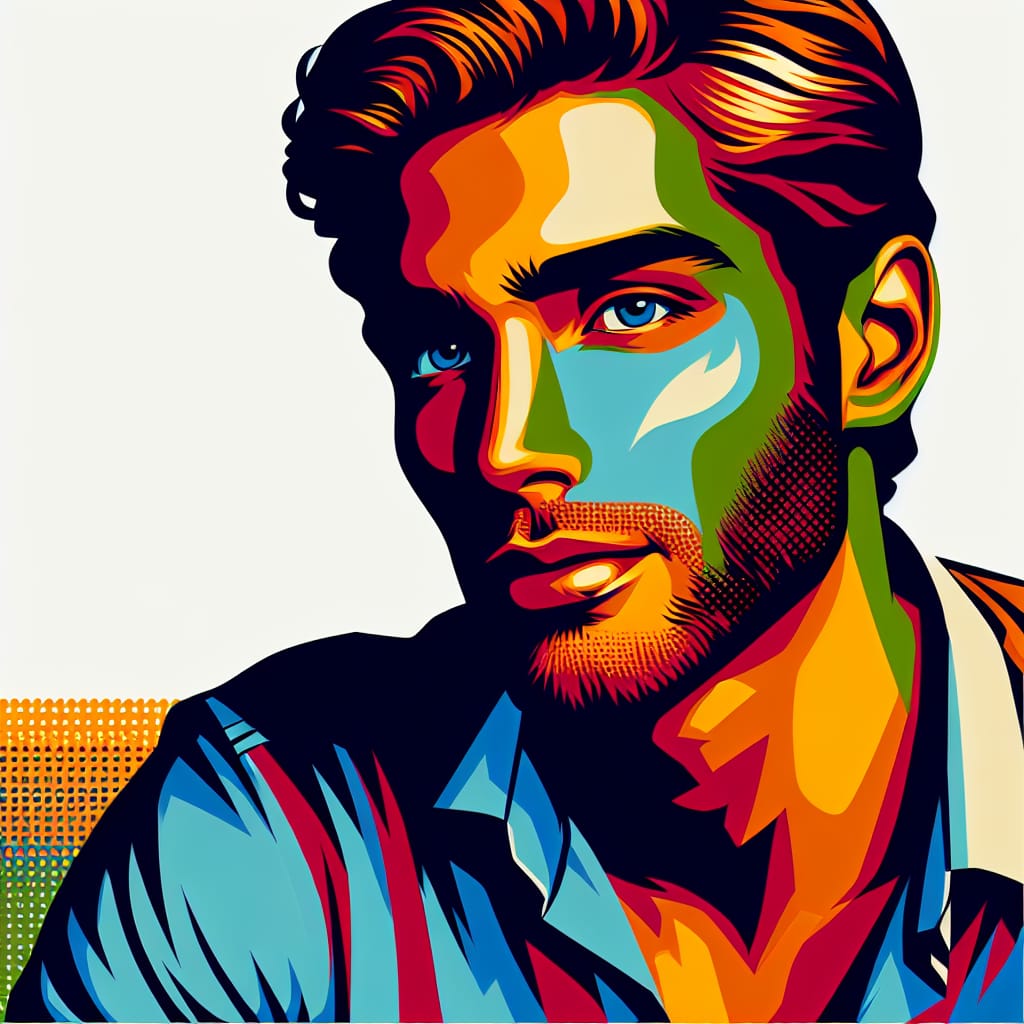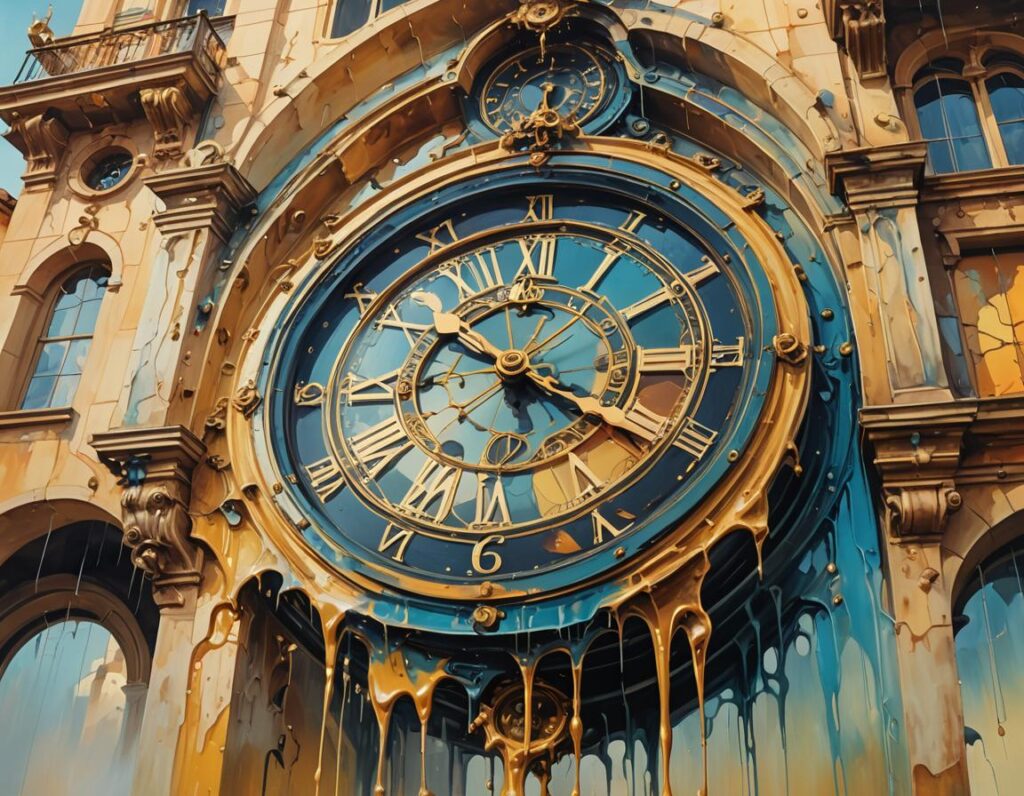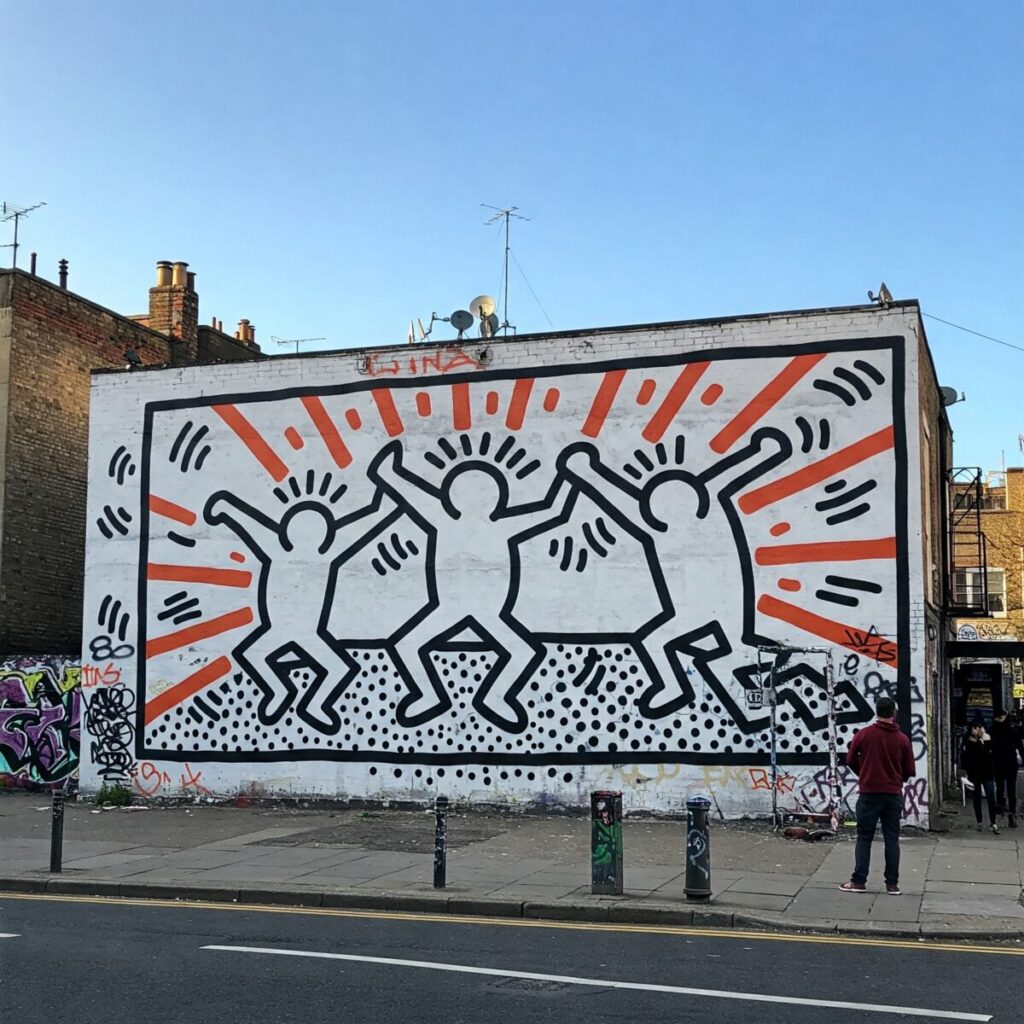Pop Art: When Everyday Became Extraordinary
Picture this: It’s the 1950s. The art world is about to be turned upside down.
Enter Pop Art – the rebellious teenager of 20th-century art movements. Bold, colorful, and unapologetically in-your-face, Pop Art burst onto the scene like a comic book explosion.
What made it so revolutionary?
- It dared to be different: Pop Art thumbed its nose at traditional “high art.”
- It embraced the ordinary: Soup cans, comic strips, and movie stars became artistic icons.
- It blurred boundaries: The line between fine art and popular culture? Poof! Gone.
From the 1950s to its peak in the swinging ’60s, Pop Art didn’t just change galleries – it transformed our entire visual world.
Think about it:
- That quirky ad on your social media?
- The eye-catching package of your favorite snack?
- Even that funky t-shirt you love?
They all owe a little something to Pop Art’s legacy.
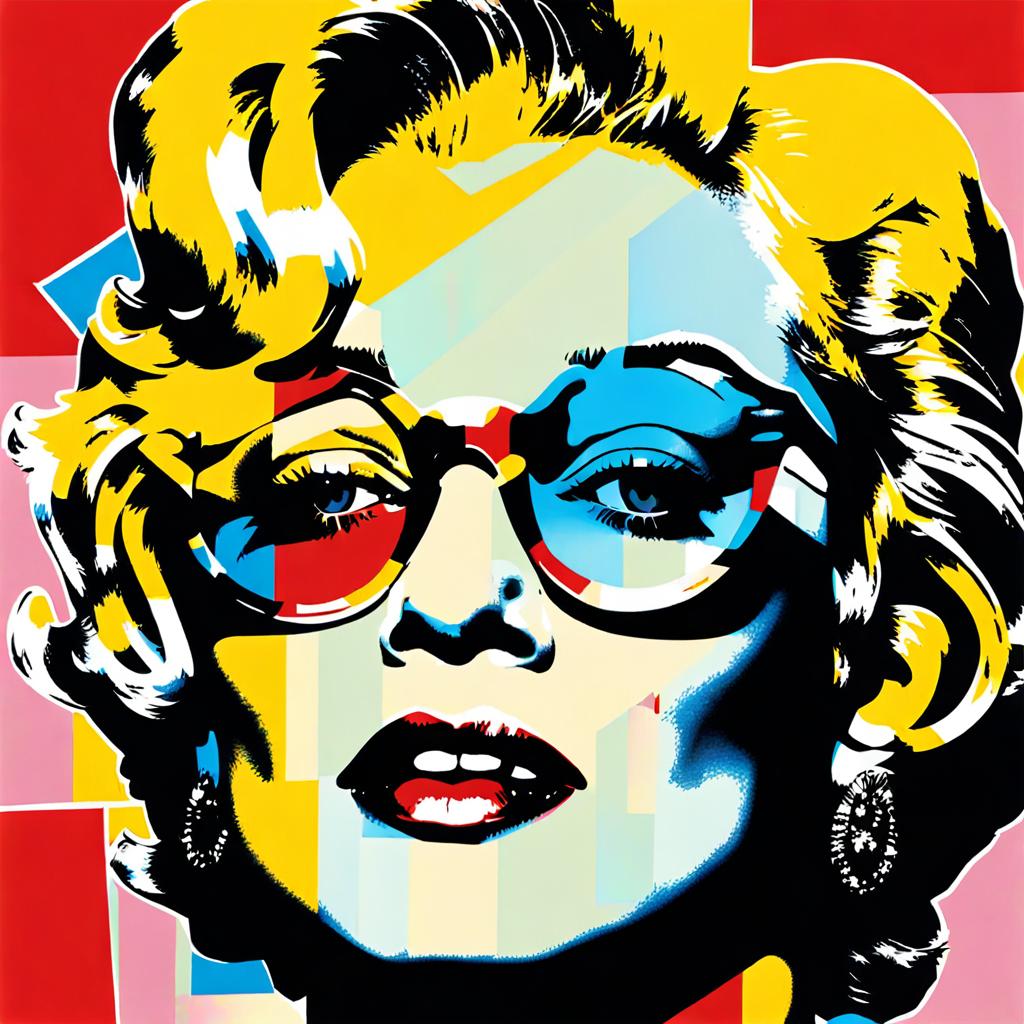
So next time you see a larger-than-life mural or a vintage-style poster, remember: You’re witnessing the lasting impact of an art movement that dared to make the everyday extraordinary.
From the iconic soup cans of Andy Warhol to the comic book-inspired works of Roy Lichtenstein, Pop Art has ingrained itself into the fabric of our society. Its influence extends far beyond gallery walls, permeating fashion, advertising, graphic design, and even our digital interactions.
The Birth of a Movement: Pop Art’s Rebellious Roots
From Abstract Expressionism to Everyday Objects
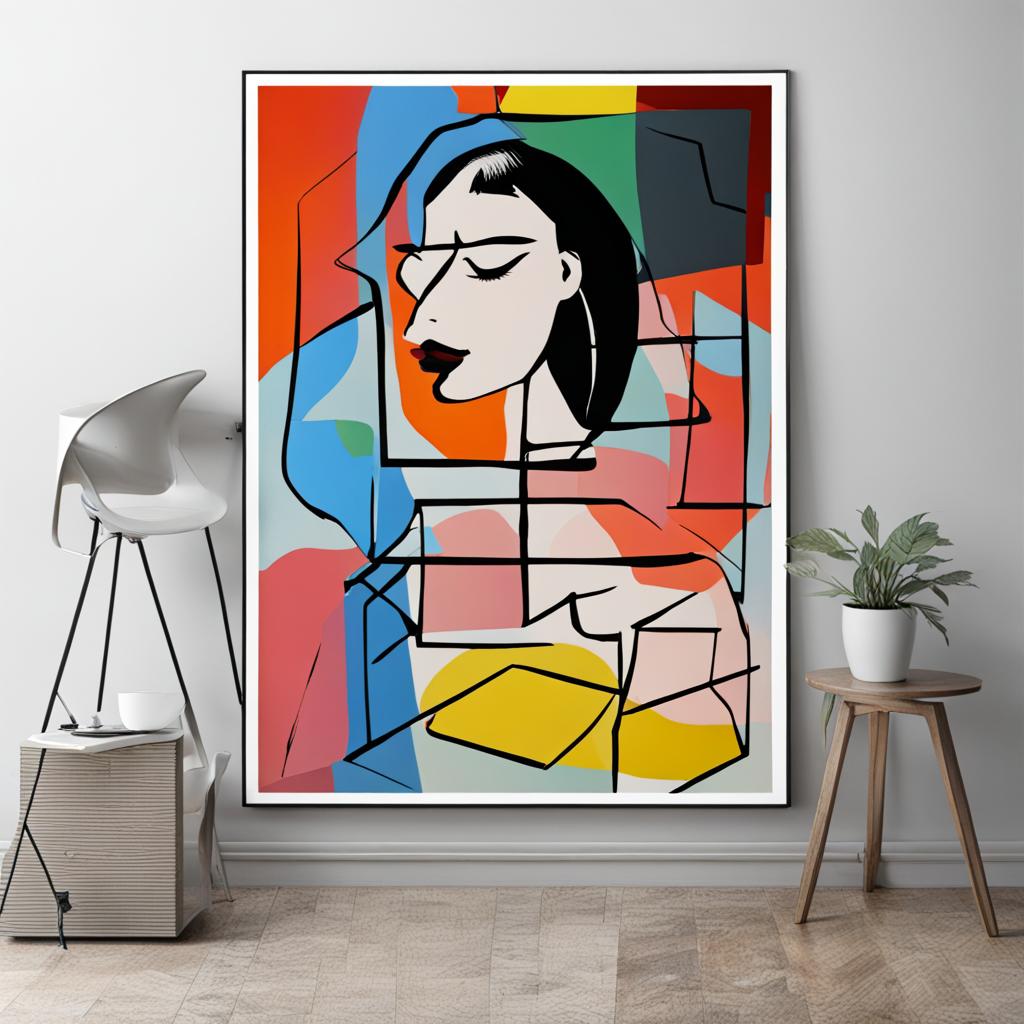
The emergence of Pop Art in the 1950s marked a radical departure from the prevailing Abstract Expressionism. While Abstract Expressionists focused on emotion and gesture, Pop artists turned their gaze to the burgeoning consumer culture. They found inspiration in everyday objects, advertisements, and mass-produced goods that were flooding post-war society.
As we navigate the 21st century, the echoes of Pop Art resonate louder than ever, challenging us to reconsider the boundaries between art and everyday life, between the profound and the superficial. In this exploration, we’ll delve into the origins of Pop Art, its key figures, and most importantly, how its bold vision continues to shape our modern world in ways both obvious and subtle.
Key Figures and Their Contributions
- Andy Warhol: The Campbell’s Soup Can Revolution
- Silk-screen prints of consumer products
- Exploration of celebrity culture and fame
- Roy Lichtenstein: Comic Book Aesthetics
- Ben-Day dots and bold outlines
- Reimagining commercial art as fine art
- Claes Oldenburg: Supersizing the Mundane
- Giant sculptures of everyday objects
- Challenging perceptions of scale and importance
- David Hockney: Bridging Pop and Personal
- Vibrant color palettes
- Blending Pop aesthetics with intimate subjects
Pop Art’s Influence on Visual Culture
Advertising and Graphic Design
Pop Art’s bold colors and simplified forms have become staples in modern advertising. The movement’s embrace of commercial imagery has led to a reciprocal relationship, where art influences ads and ads influence art.
Fashion and Textile Design
From Yves Saint Laurent’s Mondrian dress to contemporary streetwear, Pop Art’s influence on fashion is unmistakable. Designers continue to draw inspiration from its vivid palettes and iconic imagery.
Digital Art and Social Media
The rise of digital platforms has given new life to Pop Art principles. Memes, GIFs, and social media filters often employ Pop Art aesthetics, creating a new form of mass-produced, widely shareable art.
Pop Art in the Digital Age: A New Canvas
NFTs and Digital Ownership
The concept of art ownership is being redefined through NFTs (Non-Fungible Tokens), echoing Pop Art’s challenge to traditional art markets.
Augmented Reality and Interactive Installations
Artists are using AR to create immersive Pop Art experiences, blending the physical and digital worlds in ways that push the boundaries of the movement.
The Philosophical Impact: Challenging Perceptions
Consumer Culture Critique
Pop Art’s appropriation of consumer goods can be seen as both a celebration and a critique of materialism, prompting ongoing discussions about consumerism.
Democratization of Art
By embracing popular imagery, Pop Art helped break down barriers between “high” and “low” art, making art more accessible to the masses.
Pop Art’s Global Reach
Beyond Anglo-American Borders
While often associated with American and British artists, Pop Art’s influence spread globally, inspiring movements like Nouveau Réalisme in France and Neo-Pop in Japan.
Cultural Appropriation and Remix Culture
Pop Art’s techniques of appropriation and remixing have become central to contemporary art practices, raising questions about originality and authorship.
The Legacy Continues: Neo-Pop and Contemporary Artists
Jeff Koons: Pushing Boundaries
Koons’ work, with its shiny surfaces and kitsch subjects, continues the Pop Art tradition of elevating the everyday to art status.
Takashi Murakami: Superflat and Anime Aesthetics
Murakami’s blend of traditional Japanese art with Pop sensibilities has created a unique style that bridges East and West.
Pop Art in Architecture and Interior Design
Colorful Facades and Playful Interiors
Architects and designers are incorporating Pop Art elements into buildings and spaces, creating environments that are both functional and visually striking.
The IKEA Effect: Mass-Produced Design
The Swedish furniture giant’s approach to design and marketing often reflects Pop Art principles, making designer aesthetics accessible to a wide audience.
The Future of Pop Art: Evolving with Technology
AI-Generated Pop Art
As artificial intelligence evolves, we’re seeing new forms of Pop Art created by algorithms, raising questions about creativity and authorship.
Virtual Reality Exhibitions
VR technology is allowing for new ways to experience Pop Art, creating immersive environments that blur the line between viewer and artwork.
Conclusion: The Enduring Relevance of Pop Art
As we reflect on the journey of Pop Art from its rebellious beginnings to its current status as a global phenomenon, it’s clear that its influence on modern life is far from waning. The movement’s ability to adapt and evolve with changing technologies and social landscapes ensures its continued relevance. But how did earlier artists influence the generation of PopArt stars? Read: Pop Art: Reflecting the Influence of Earlier Artists
Pop Art’s legacy is not just about bold colors and familiar images; it’s about challenging our perceptions, questioning the status quo, and finding beauty and meaning in the everyday. As we move forward, Pop Art continues to inspire new generations of artists, designers, and thinkers to look at the world with fresh eyes and to find art in unexpected places.
In a world increasingly dominated by digital media and instant gratification, the principles of Pop Art—immediacy, accessibility, and the blurring of high and low culture—are more relevant than ever. As we navigate the complexities of modern life, Pop Art remains a vibrant reminder of the power of art to reflect, shape, and transform our world.

